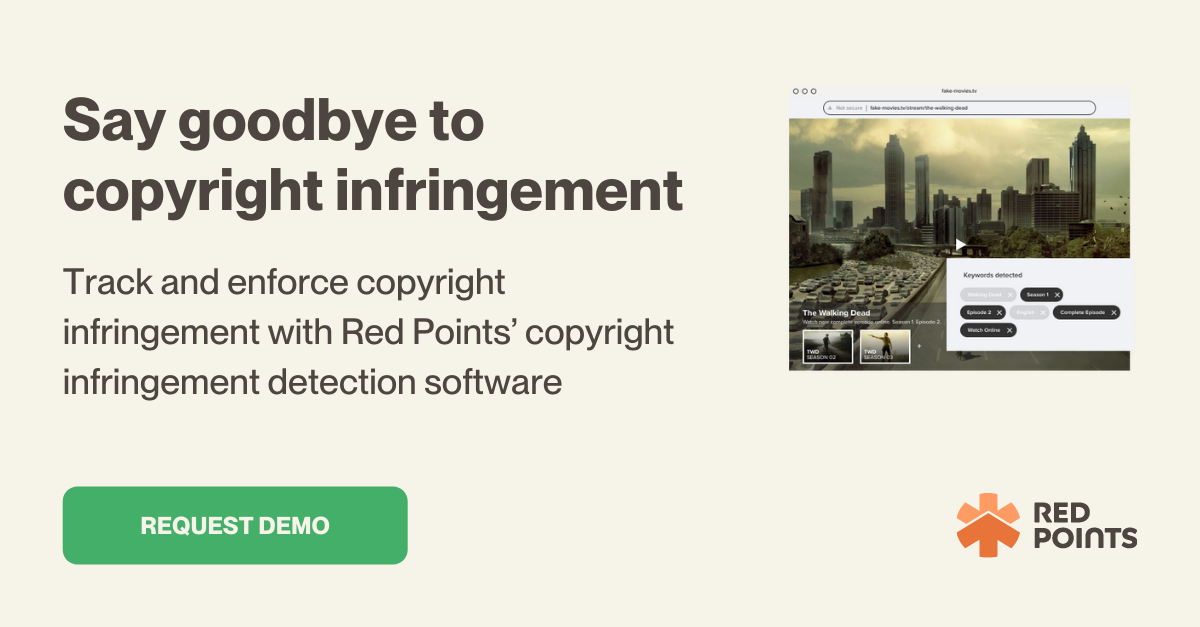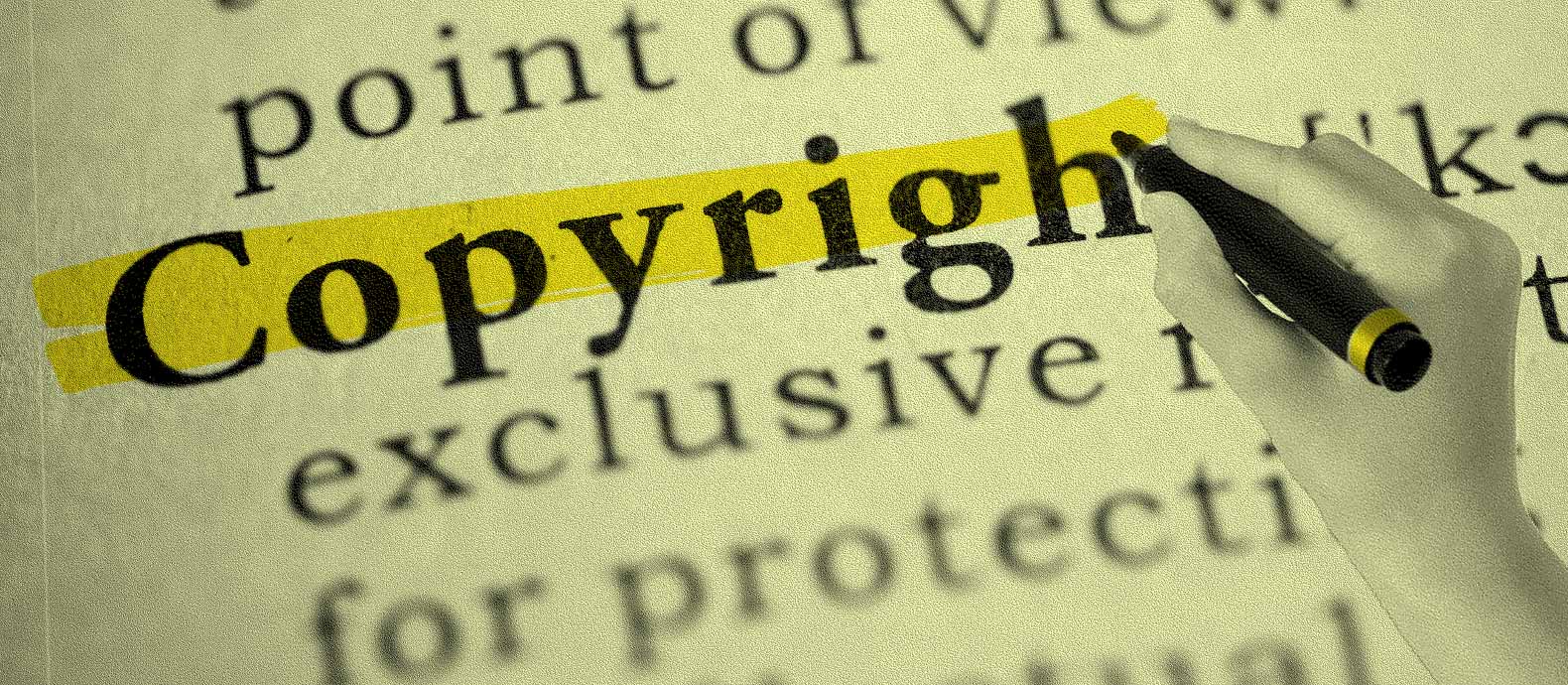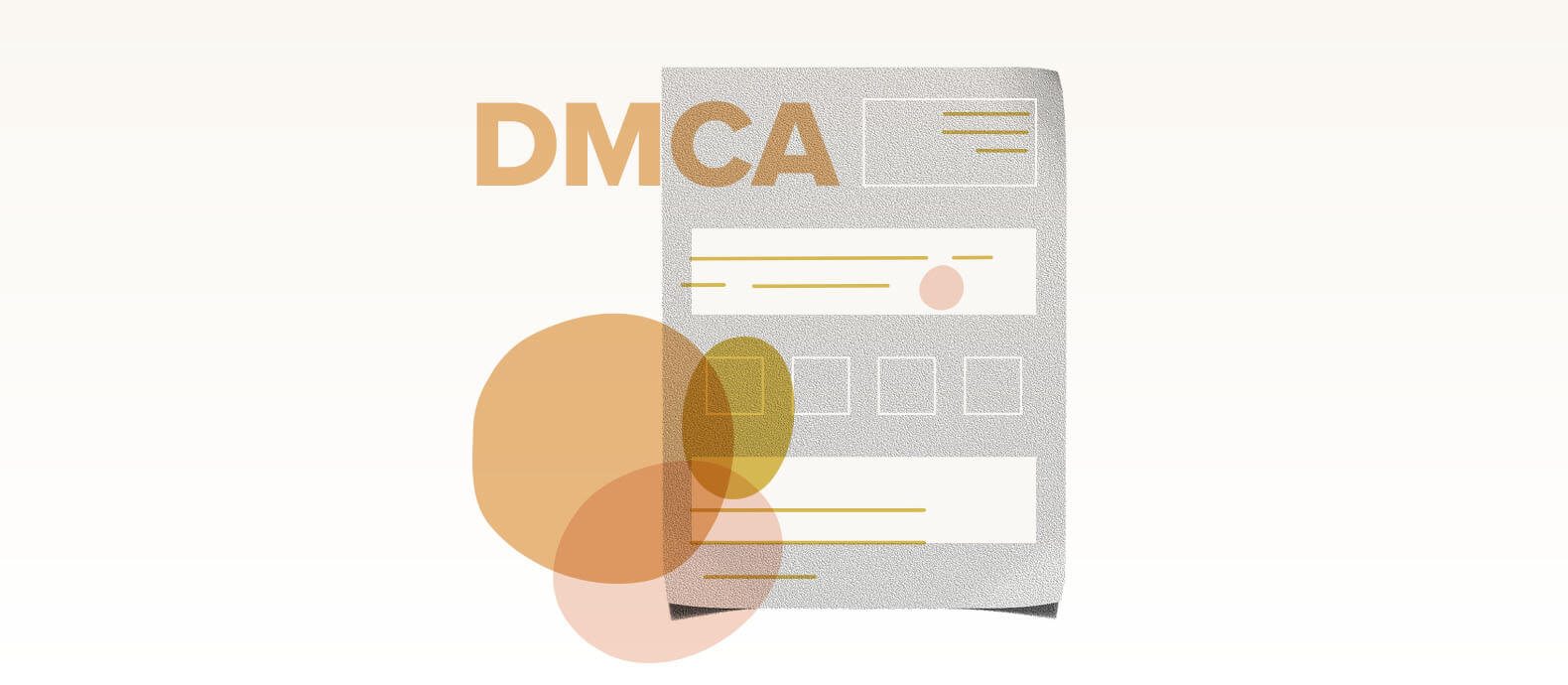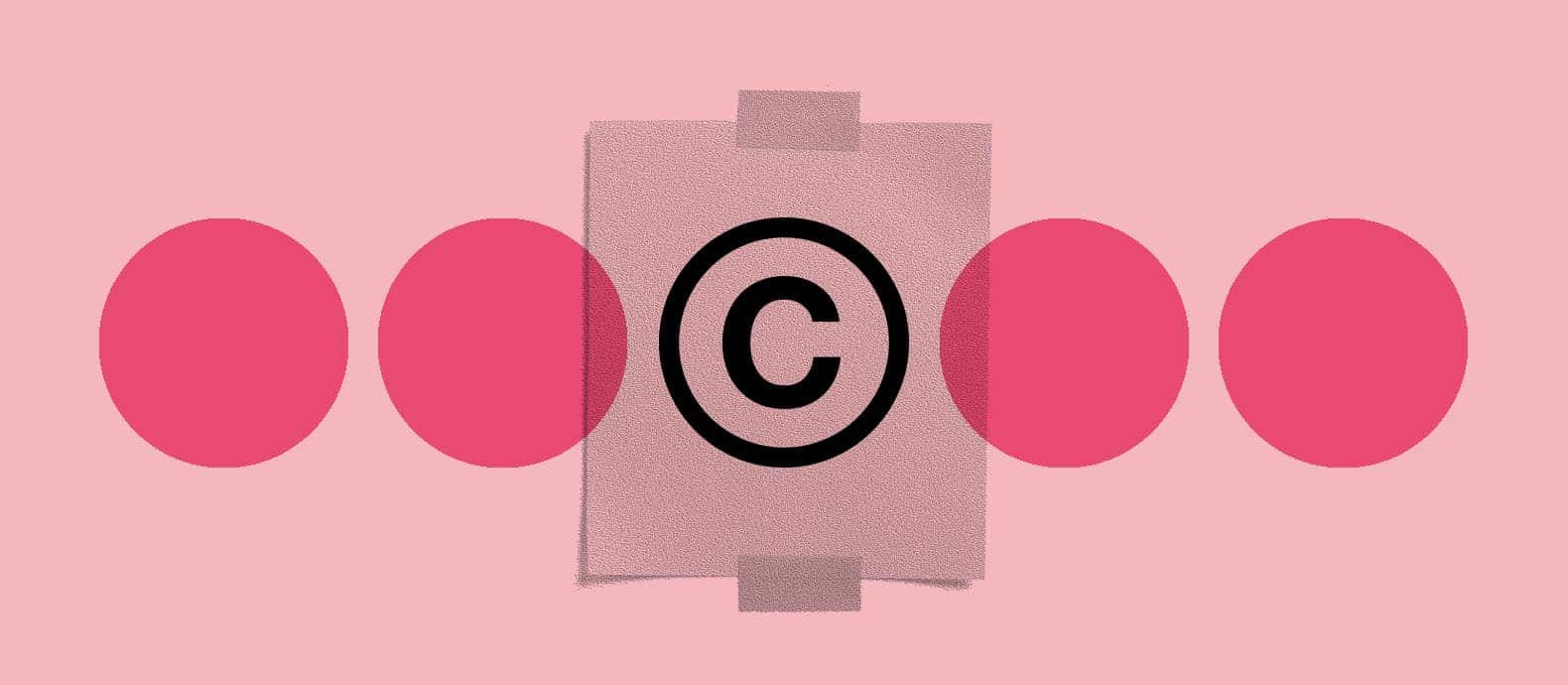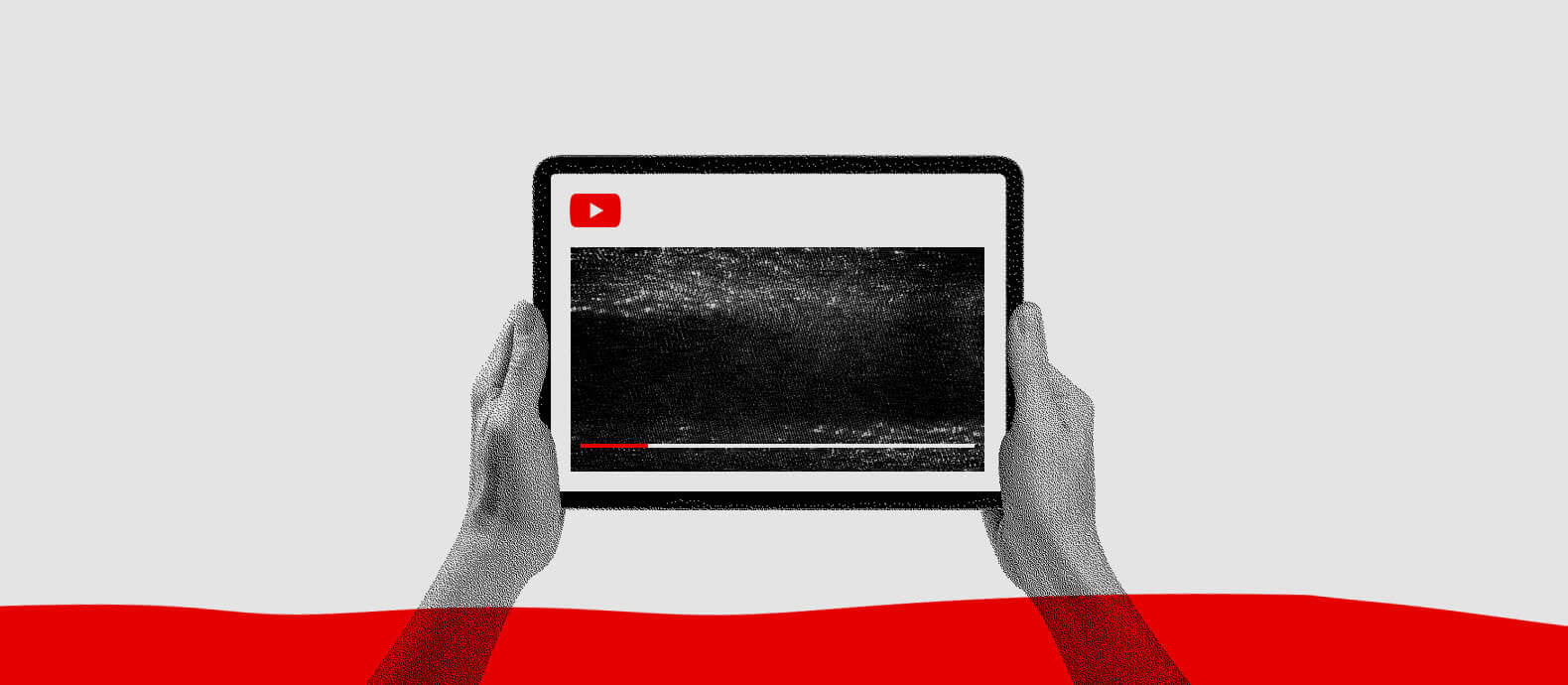Copyright infringements are omnipresent in our digital era where music, videos, photos, and other creative works are constantly shared and consumed. A global study from 2018 by the IFPI shows that more than a third (38%) of consumers still access music via copyright infringement. Scammers simply copy and paste the creative works of others without asking for the artists’ permission.
In this article, we clear up what copyright infringement is and what you can do about it. We show you which measures you can take to protect your brand from copyright infringement. You will learn how to combine protective measures with an efficient enforcement scheme to prevent stress, financial consequences, and a damaged reputation.
What is copyright infringement?
According to the US Copyright Office, copyright infringement occurs when a copyrighted work is reproduced, distributed, performed, publicly displayed, or made into a derivative work without the permission of the copyright owner.
Copyrights protect the original works of a creator such as written texts, music, images, videos, software codes, and others. If you are a creator, your work is automatically protected by copyright law when you publish it in any form of tangible medium. This protection grants you the exclusive rights to publish, sell, modify and reproduce your unique work.
If anyone else is using your creative work in one of the forms mentioned above without asking you for permission, they are likely infringing on your copyrights. Section 51 of the Copyright Act specifies when copyright is deemed to be infringed:
- Any act that only the copyright holder is authorized to do without obtaining prior permission from the copyright owner.
- The import of infringing copies of an original work.
- The reproduction of original works without permission from the copyright owner.
- Permitting the place to be used for communication, selling, distribution, or exhibition of an infringing work unless the person was not aware or had no reason to believe that such permission will result in the violation of copyright.
What are some examples of copyright infringement?
As a copyright owner, it is important to learn how copyright works in order to be well-positioned when facing infringements of your creative works. There are two key elements that account for copyright infringement. First, the concerned work has to be the original creation of the author. Secondly, the potential infringer actually copied the work of the creator.
So, what are the actual copyright infringement examples? Basic examples that could be made liable for a copyright infringement include:
- The use of someone’s song as background music in a YouTube video.
- Downloading songs or videos from an unauthorized website.
- Using images found on the internet.
Exceptions to copyright infringement
When starting to protect against copyright infringements, it is important to know that there are a few circumstances under which someone might use your creative work without infringing.
The first scenario is the point when your copyright expires and is turned into the public domain. Copyright protection usually lasts for the life span of the author plus 70 years. After that, they become a public domain and are free to use by anyone.
A frequently used exception from infringement is the fair use doctrine. The fair use exception allows others to use a work without the permission of the copyright owner in certain circumstances. Under copyright law, those exceptional types of uses include criticism, comment, news reporting, teaching, and research as examples that may qualify as fair use. However, there is no legal definition of fair use and whether it applies to a certain use is determined on a case-by-case basis.
In a dispute, courts will consider a few factors including the purpose and character of the use, the nature of the copyrighted work, the amount of work that was used, and the market effect of the used work.
Famous copyright infringement cases
Let’s have a look at famous copyright infringement cases that show the variety of incidents and make the problem more tangible.
The “JRR Token” copyright infringement case
Recently, the family estate of Lord of the Rings author JRR Tolkien brought a copyright infringement complaint to the World Intellectual Property Organization (WIPO) against the creator of a cryptocurrency token. The “JRR Token” used and made references to images and characters of the famous fantasy trilogy without permission. Soon after, the token was forced to stop operating and its creator closed the cryptocurrency’s website and its social media channels.
The Apple GUI copyright infringement case
Back in 1988, Apple sued Microsoft for copyright infringement over the graphical user interface (GUI) and related licenses. At that time the description of GUI was an innovation that was contested between the two rivals. The legal dispute ended after six years with the denial of Apple’s petition from the Supreme Court.
The “Harry Potter Dictionary” copyright infringement case
In 2007 a frenetic fan of the “Harry Potter” series, named Steven Vander Ark, wanted to publish a 400-page “Harry Potter” dictionary that was intended to accompany J.K. Rowling’s famous literary series. However, Rowling filed a lawsuit for copyright infringement against Vander Ark, saying the unofficial encyclopedia was too similar to the original literature. The court ruled in favor of Rowling because it found that Vander Ark copied too much of the author’s work and went beyond the scope of fair use.
The Metallica vs Napster copyright infringement case
In one of the most famous copyright infringement cases that reshaped the music industry, Metallica sued the at the time popular music file-sharing platform Napster in 2000. Metallica sought a minimum of $10 million in damages, at a rate of $100,000 per illegally downloaded song. The band wasn’t granted the money but Napster was forced to terminate more than 230,000 accounts and shut down.
How to deal with copyright infringement
Dealing with copyright infringements soaks up resources that can be better deployed elsewhere in your company. The good news is that there are actions you can take to prevent the repercussions of copyright infringement. In this section, we discuss preventive measures before we move on to talk about how to enforce your copyrights.
Register your copyright
Registering your copyright strengthens the ownership status of your work. Even if you think that there can’t be any doubts about the ownership of your work, you could be wrong.
Copyright law provides automatic basic protection for creators, however, if you feel urged to take an infringement case to court, your copyright needs to be registered. In a legal dispute, the substantial similarity between the original work and the potential infringer has to be proven. Having the copyright officially registered serves as proof in court that the copyright holder is the owner of the respective work.
In the US, copyrights can be registered at the U.S. Copyright Office. For the registration, you need to fill in an application form, provide a copy of your work and pay a registration fee.
Include a copyright symbol on your work
An easy way of showing other people that your work is copyright protected is by using a copyright notice. The notice includes three elements:
- The copyright symbol ©, the word “copyright,” or the abbreviation “copr”.
- The year of first publication.
- The name of the copyright owner.
You can include the copyright notice directly on your work. This can be your website or the platform where you publish your work for example. Another benefit of using a copyright symbol is when it comes to a copyright lawsuit. In that case, attempts by the defendant to reduce damages by claiming innocent infringement will be given no weight.
Leave your contact information for reuse
The cheapest and simplest way of dealing with copyright infringements is by including your contact information so that people can reach out to you to ask for permission, instead of infringing on your copyrighted work.
Publishing your work increases your visibility as a creator and attracts other people that want to reuse your work legitimately. Giving licenses to your work can benefit both the copyright owner and the person who is reusing your work. A copyright license authorizes a person or entity to use a work from the copyright owner and in exchange pays for it.
Copyright licenses can be exclusive or nonexclusive and the rights that come with them depend on the terms of the agreement. Copyright holders can generate extra revenues by giving licenses to their work while remaining the owner of their rights.
If you consider giving copyright licenses to your work, it is recommended to register your copyright first. That way, there are no uncertainties over the ownership status of the work.
Add a watermark to visual work
A watermark is a graphic that can be added to photos or other visual work often in the form of white or transparent text. It informs others and potential copyright infringers that the work belongs to you. You can choose what information you want to include in the watermark, whether it be your personal name, your company’s name, or your logo.
A watermark also prevents infringers from being able to claim that they didn’t know the work was copyrighted. If a copyright infringer removes a watermark from a visual work, they can be charged additional damages. Those damages apply even if the copyright was not registered before the infringement.
Takedown copyright infringement
Taking protective measures to prevent copyright infringement is highly recommended for individual creators and brands. However, reality shows that even if you have those measures in place, it is still easy for infringers to steal your work and profit from it. Modern technology makes copying of products and information relatively easy and attractive for scammers.
That does not at all mean that preventive actions are for nothing. Rather, they come to full force when combined with an efficient enforcement strategy. There is no need to panic when seeing an infringement of your work but you should take immediate action when you notice an incident.
You can report copyright infringements manually or hire an attorney for legal advice. However, those single-case approaches have disadvantages when dealing with multiple or repeated infringements. Instead, you can work with a pure-play brand protection company like Red Points that safeguards your intellectual property at scale.
Conclusion
Modern technology has made copyright infringement easier than ever before for scammers who want to steal your content. In the worst case, you can end up in a long-lasting legal dispute with a big sum of money at stake. That’s why brands are well-advised to develop a protection plan to shield their creative works from infringement.
Preventive measures like registering your copyrights are highly recommended, however, they do not offer full protection. It is important to take down copyright infringements as soon as you see them. This works best with a technology-based solution that is able to scan large amounts of data across the web.
Red Points’ copyright infringement protection software helps you to shield your creative works from infringers that try to profit from your innovations. The software covers a broad range of mediums including movies, digital works like software and videogames, prints, streaming, and educational products. Copyright violations are detected and enforced rapidly with bot-powered search and a self-improving system through machine learning. The system takes down and reports copyright abuses automatically and around the clock.
Get in touch with us to learn more about how we can help you.
